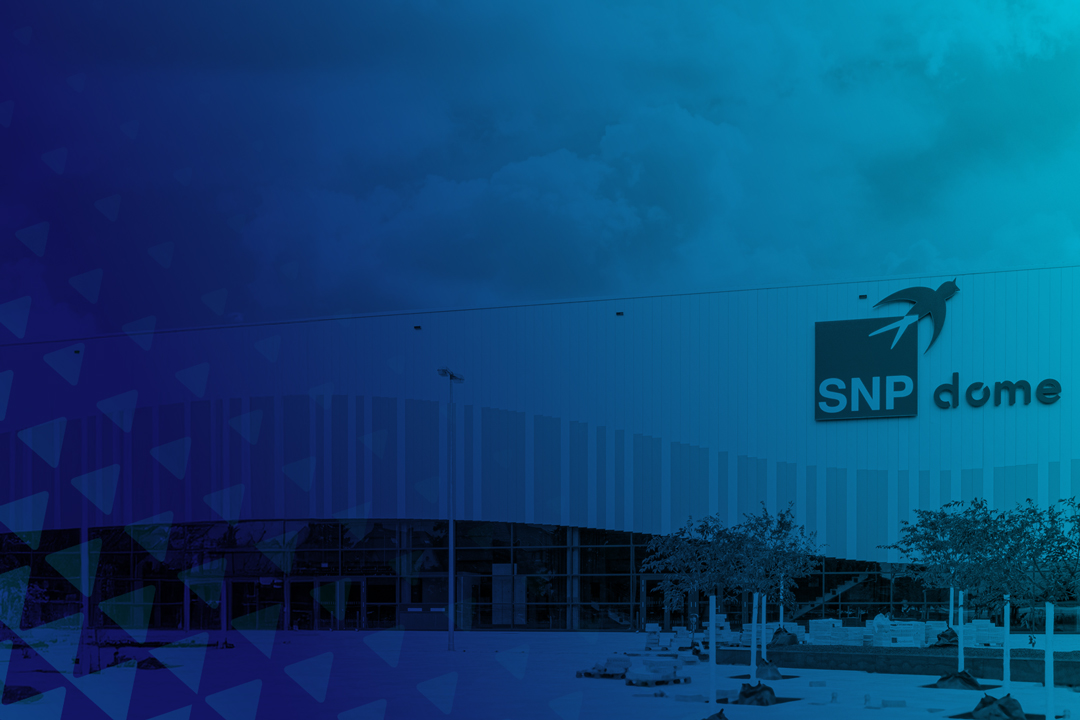What can you expect from running an SAP transformation project with an external company? Here’s how we do it.
Do you know what it takes to navigate the complexities of an SAP transformation project with an external consulting company? In this article, we will explore the essential steps in running a successful SAP transformation project from the initial system scan to the crucial project execution phase.
Share
Whether you are preparing for an S/4HANA migration, merger or acquisition, move to the cloud, or system landscape optimization, for larger projects most organizations decide on hiring an external company to support it. Consulting companies offer specialists with a unique SAP skillset and often have their own software that facilitates the transition. But what does it actually look like? What happens on day one, and how long can you expect a project to run? The answer is, as usual, it depends. But let’s have a look at a regular SAP transformation project and how SNP can manage it for you.
Step 1: System scan
After hearing about the customer’s needs and expectations, we recommend running a system scan to collect technical information from the customer’s system. In short, we send an SAP transport request to the customer, upload the data to our platform CrystalBridge and analyze the results. The SNP analysis doesn’t capture any business-sensitive data, and it’s GDPR compliant (we also follow US compliance regulations). This helps us to understand how the system is structured and used. This service is free of charge and forms a starting point to discuss the project scenario and specific customer needs.
After the scan, it is possible to discuss the main findings in a one-hour workshop where we talk about the As-Is and To-Be situations. It is crucial to set clear expectations and understand the project goals from the very beginning. The scanned data helps us to better understand the customer situation, assess the system and start to lay the groundwork for a potential transformation project.
Step 2: Scoping and building a roadmap
For your planned project, we use the results from the scan to determine the organizational scope, time slices and other important scoping criteria and discuss possible migration scenarios.
We offer several assessment types, including rapid, extended, M&A (carve-in/out), cloud move, lean and S/4HANA standard. These assessments may span from a few weeks to several months, and – based on the assessment type – may result in a high-level or detailed roadmap design.
Besides supporting the initial project scoping and planning, the assessment results can serve as a basis for the request for proposal.
Step 3: Design
During the design phase, we review the analysis results and use them during migration workshops to define selection and mapping rules. Based on the scoping, our solution CrystalBridge provides an out-of-the-box migration blueprint template, which consultants can use to further discuss selection and migration rules. A signed-off migration blueprint triggers the project execution phase.
Step 4: Project execution
Once the scoping phase is complete, the technical execution of the SAP transformation project starts. The execution phase typically comprises the following key activities:
- System environment setup: In the case of the shell approach, we use CrystalBridge Shell Creator to copy the customer’s SAP source system without master and transaction data. This approach supports SNP’s BLUEFIELDTM migration procedure, which requires well-established system configurations and custom development objects of the source system available in the target system. We call this “take the best, leave the rest.” After that, we perform the data migration.
Alternatively, for cases where a greenfield approach is preferred, the shell setup is not necessary. Instead, the customer (or their partner) needs to set up a fresh, new SAP system, including configuration that meets their specific requirements and business needs. This greenfield option provides a clean slate for system design and leaves behind any legacy configurations or data. - Configuration: With the shell approach, the customer or their partner adjusts the copied configuration and completes the functional setup. In the greenfield approach, the customer or their partner configures the complete system from scratch.
- Data migration build: The data migration is a critical aspect of any SAP transformation project. During this stage, data from the old system is migrated to the new SAP environment based on migration scenarios. We follow the migration blueprint document that was signed off by the customer during the design phase. We then apply selection and mapping rules in the migration build phase and migrate the data.
- Testing and quality assurance: We perform rigorous testing in at least three test cycles to validate the new SAP system’s functionality, verify the migrated data consistency, and ensure that it meets the project goals. This phase typically involves unit testing, integration testing, user acceptance testing, a go-live simulation and performance testing. The customer is involved in most of these test cycles.
- Training and knowledge transfer: It is essential to train the customer’s team to ensure they can use the new SAP system effectively. The customer or their partner is responsible for training and knowledge transfer activities as well as organizational change management (OCM) to ensure a seamless transition.
- Go-live and post-implementation support: The actual transition to the new SAP system is a critical moment in the project. We provide support during the go-live phase (usually over a weekend) to resolve migration issues that may arise as the new system becomes operational. Hypercare support is also crucial to assist in case of problems and ensure a smooth handover.
- Monitoring and optimization: After the successful implementation, ongoing monitoring and system optimization are essential to maintain the SAP environment’s performance, security, and compliance with changing business needs. We can support this phase as well.
Our experienced consultants support the entire data migration from end to end, whether remotely or on-site. To complement our expertise, we also offer SNP software that enables you to run the system transformation with minimal disruption thanks to near-zero downtime (NZD).
And that’s a wrap!
In conclusion, a successful SAP transformation project with SNP and a functional consulting partner is founded on meticulous planning, careful execution, and ongoing support. It’s important to note that the timeline for each of the above phases can vary depending on the project’s complexity and scope. Clear communication and thorough project execution are the key to a successful outcome.
By partnering with experienced consulting companies and following common best practices, organizations can navigate the complexities of SAP system transformations and realize the full potential of their investments in technology.
We have a proven track record of successful SAP transformation projects, including mergers and acquisitions, S/4HANA implementations, complex system transformations, integrations, and much more. If you are looking for an experienced partner for your next SAP project, reach out to your SNP experts.

